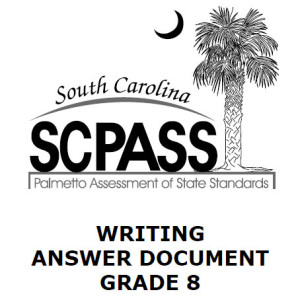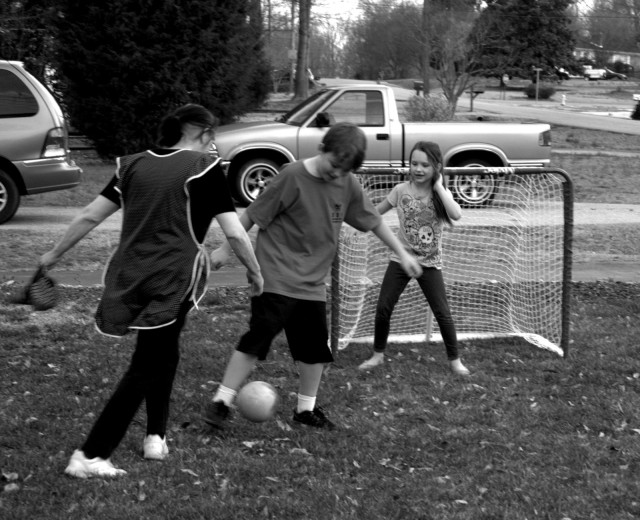About the only time I was indoors all day was for this shot, taken as I was finishing up my coffee and heading out to
- finish the backyard leaf clean up, including
- the mulching of multiple wheelbarrow-loads of leaves;
- the hauling of countless loads of branches and twigs to the roadside; and,
- the removal sand from the backyard deposited by last spring’s flood;
- prepare the raspberry patch including
- the removing of leaves and debris; and
- the depositing of a twelve-inch layer of mulched leaves (see above) on the raspberry patch;
- clean the front flower bed, including
- the removing of numerous leaves; and,
- the cutting back of last year’s jasmine;
- apply various concoctions to the yard including
- the applying fertilizer to isolated patches of the yard I missed two weeks ago; and,
- the applying preemergent weed killer to the rest of the lawn;
- sow grass seed in the entire backyard;
- remove countless Sweet Gum seed balls from the front yard;
- spray insecticide around the outer edges of the house;
- and finally, fall into a heap to watch Midnight in the Garden of Good and Evil with my equally exhausted K, who
- cleaned the house;
- cared for the kids;
- went shopping;
- planted strawberries; and
- prepared supper.
In short, a perfect spring Saturday.

















